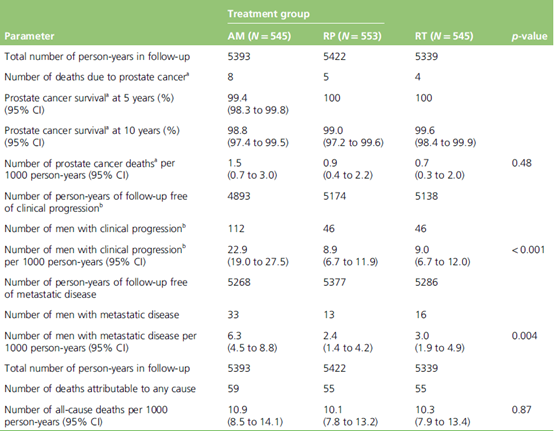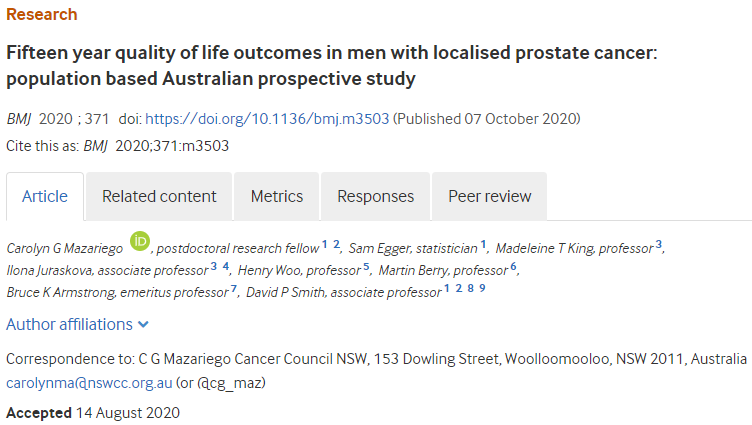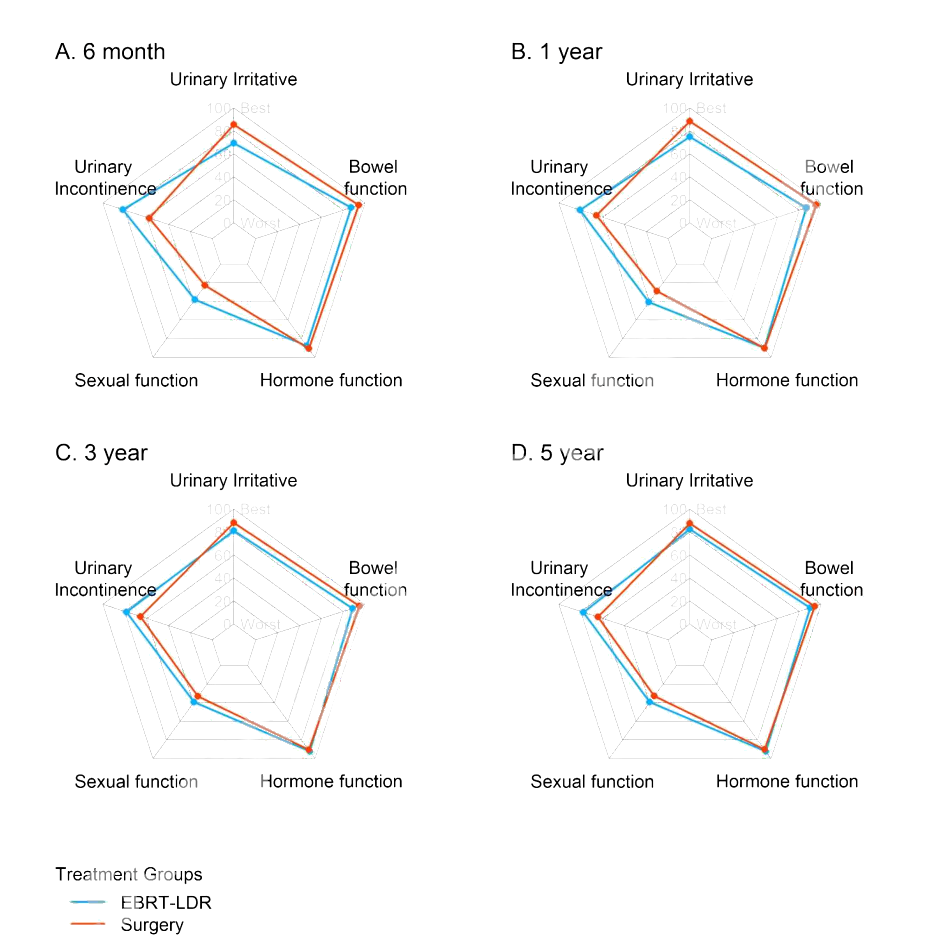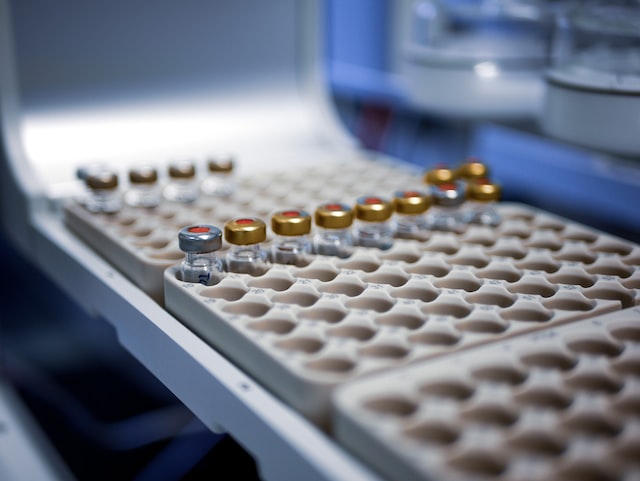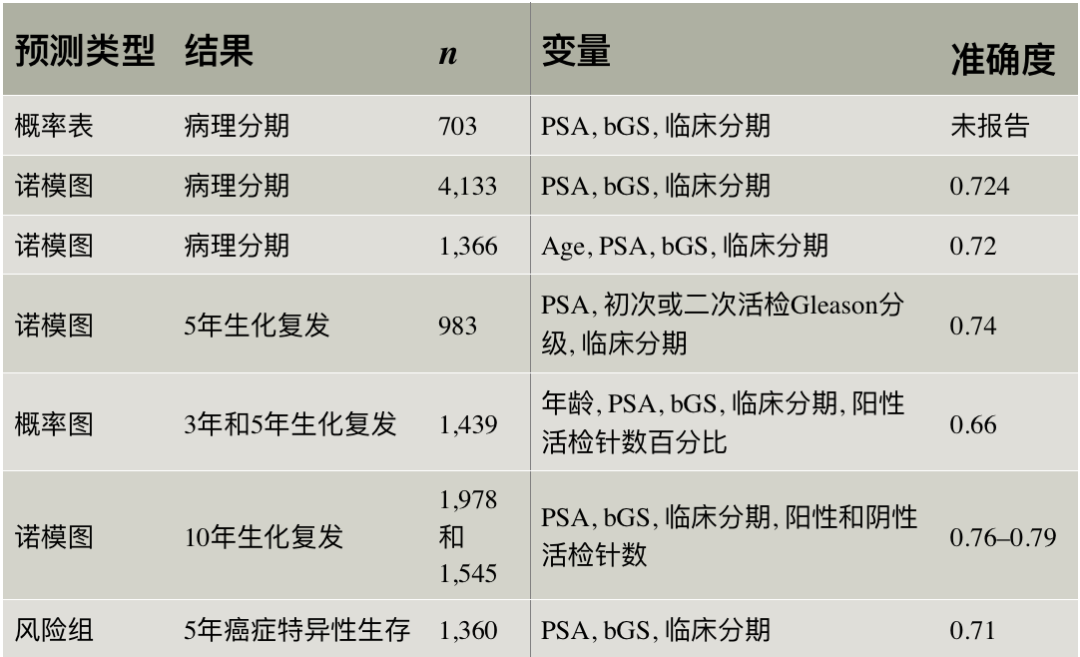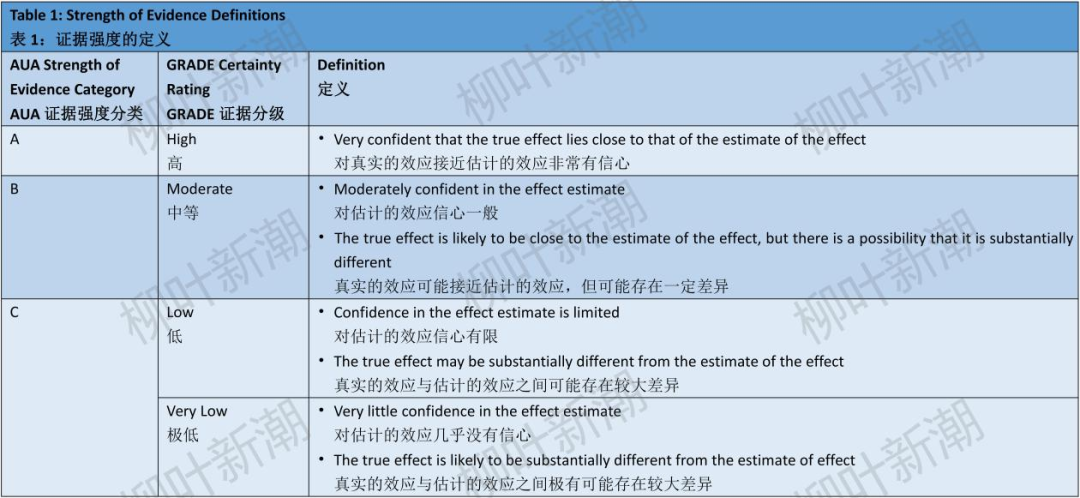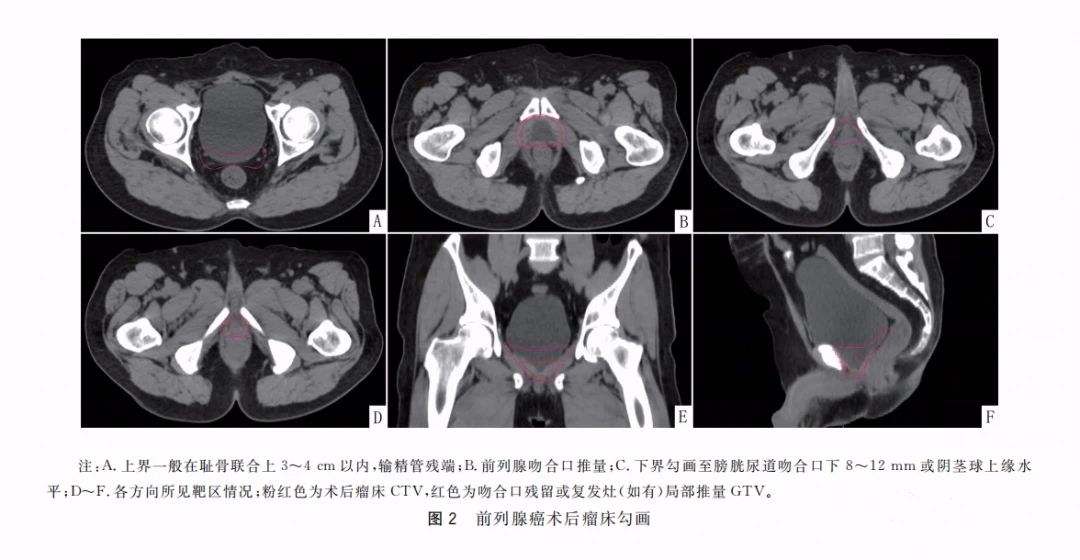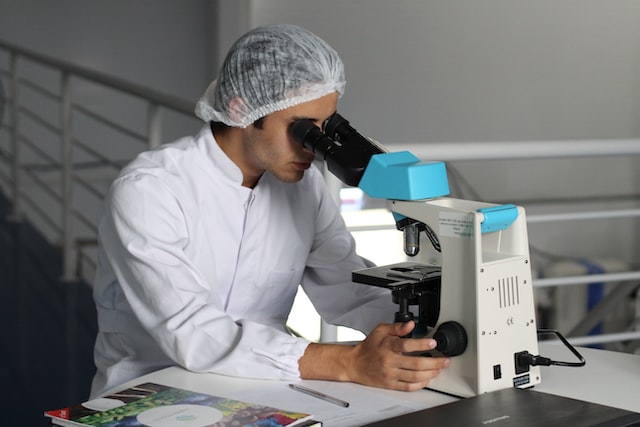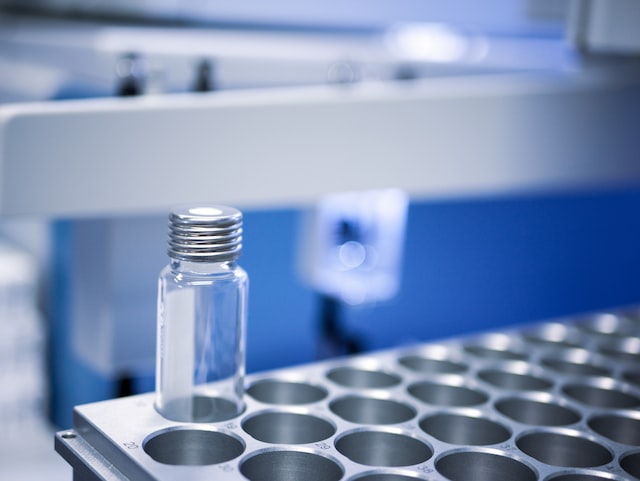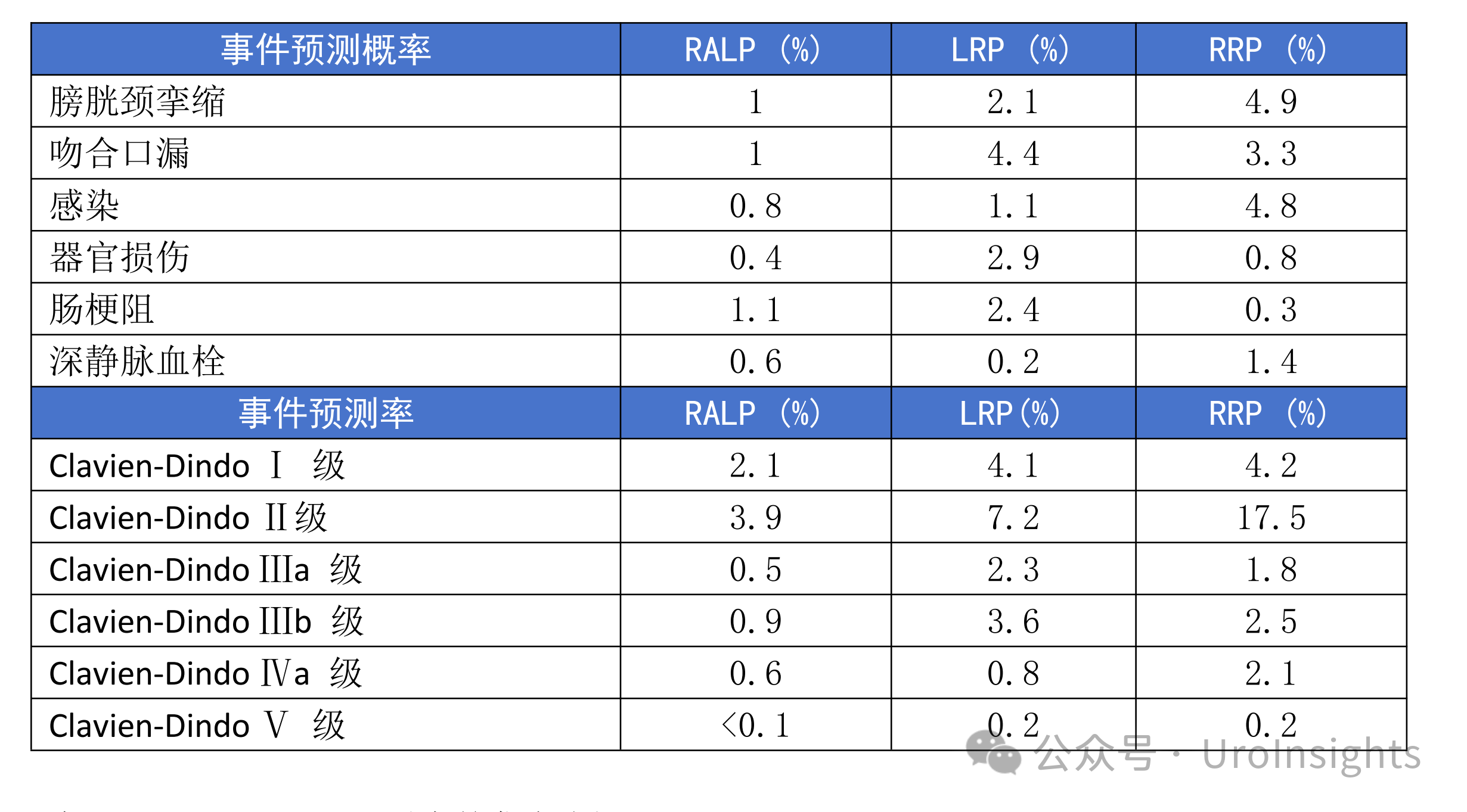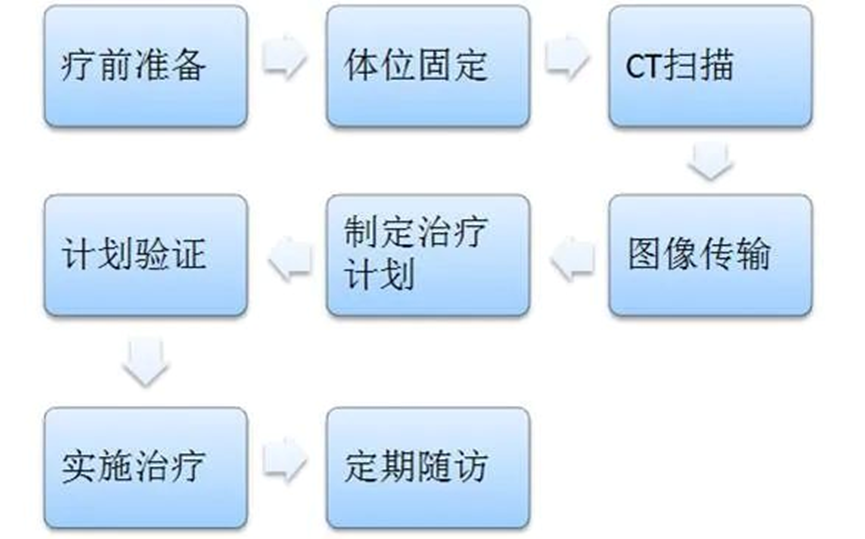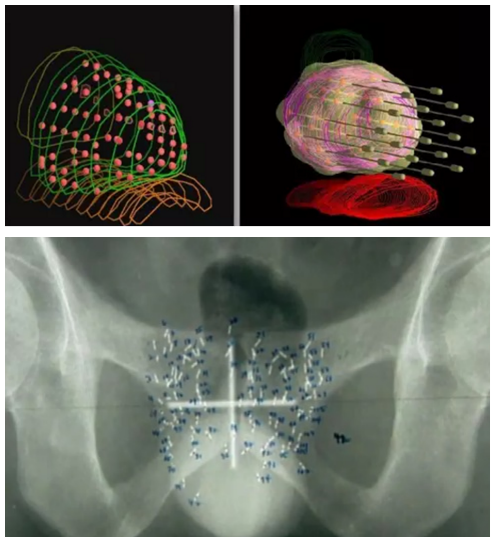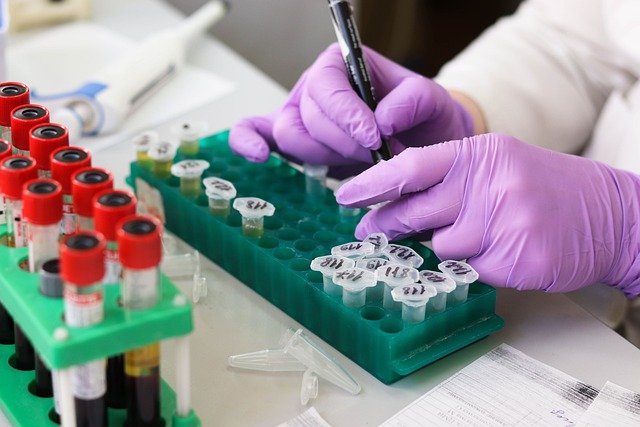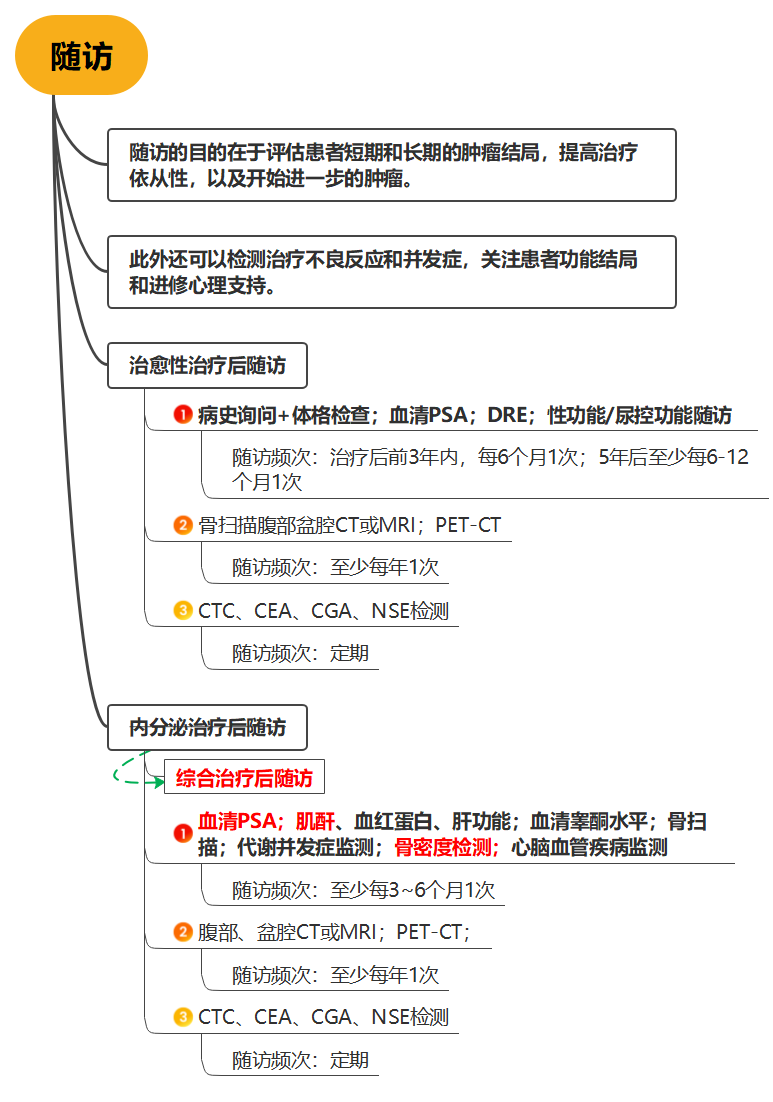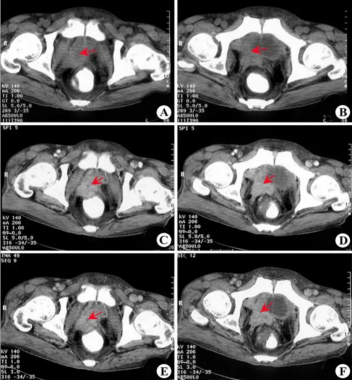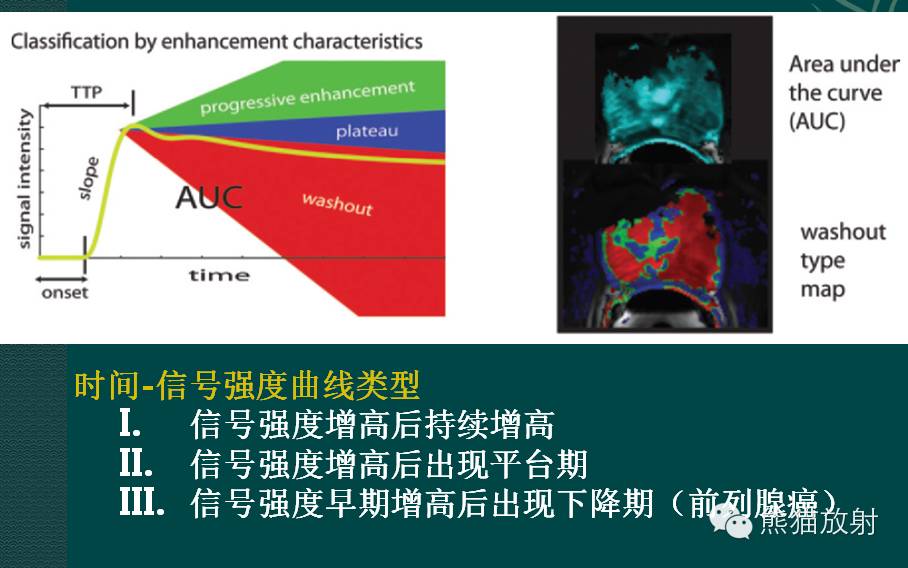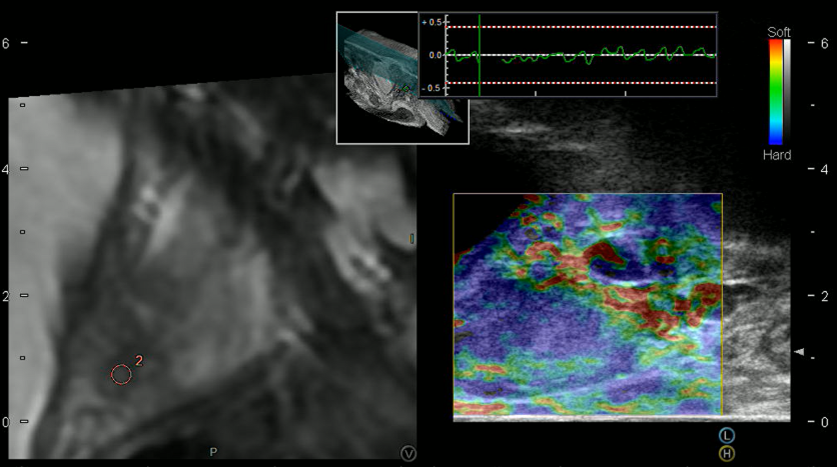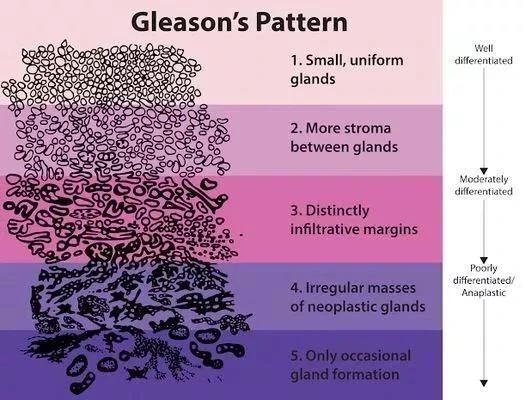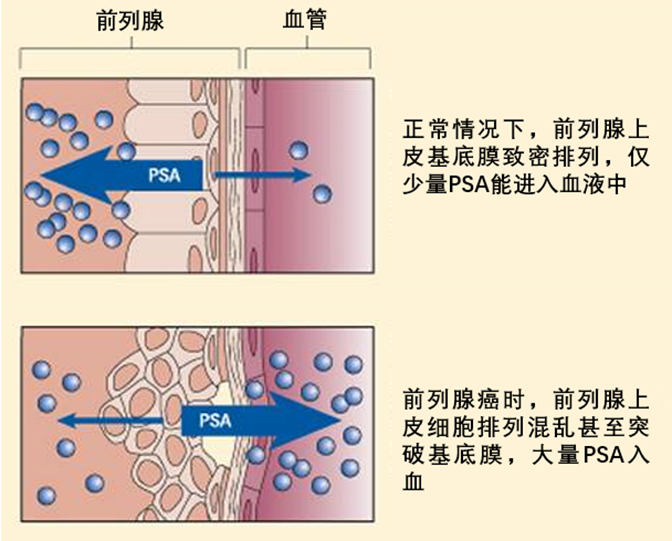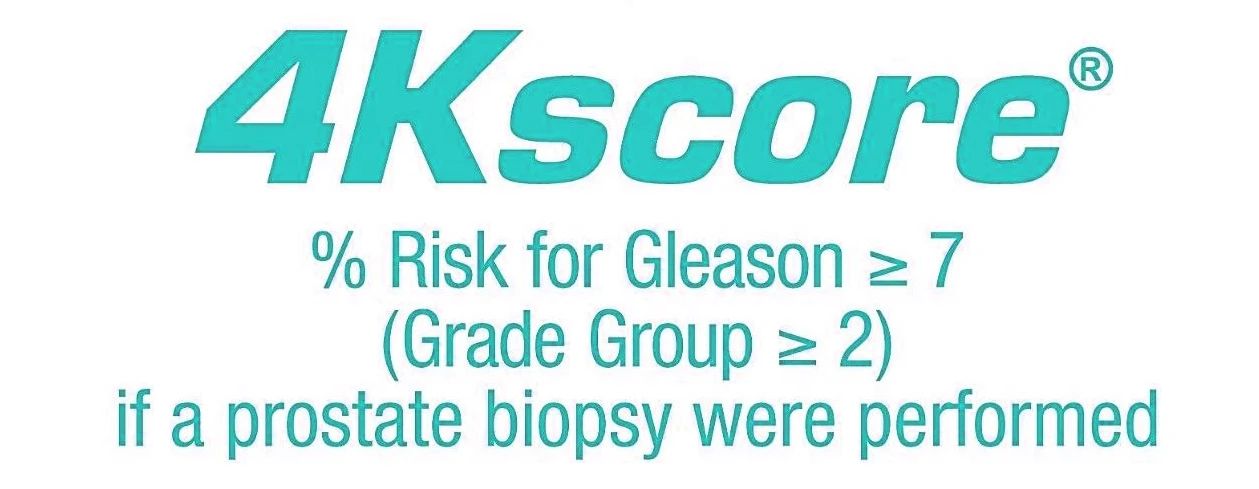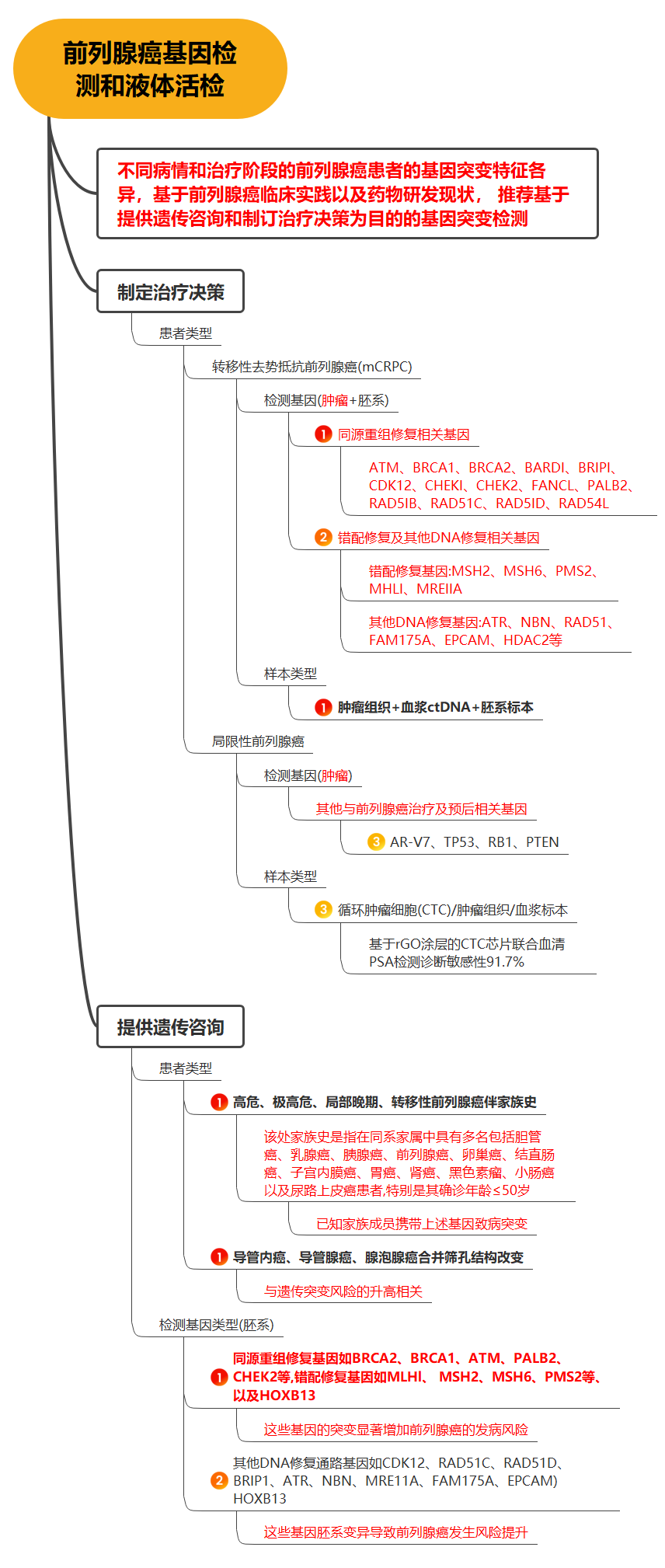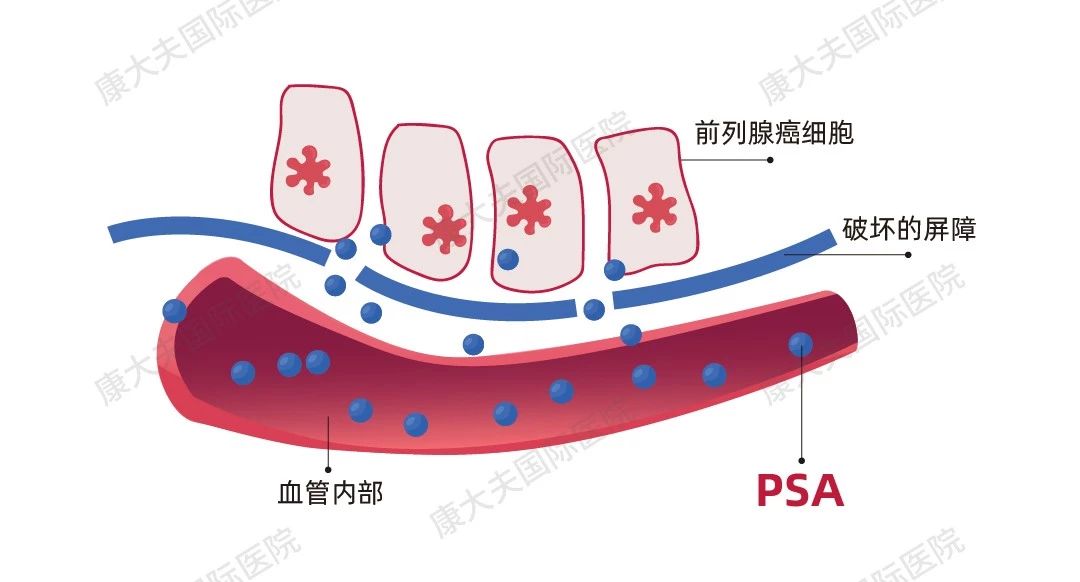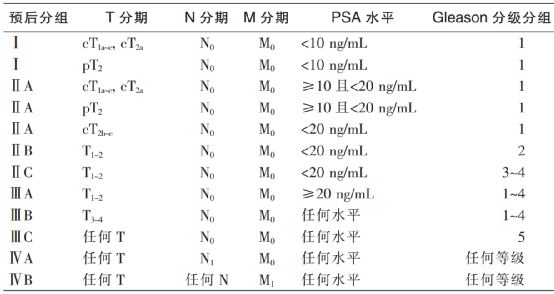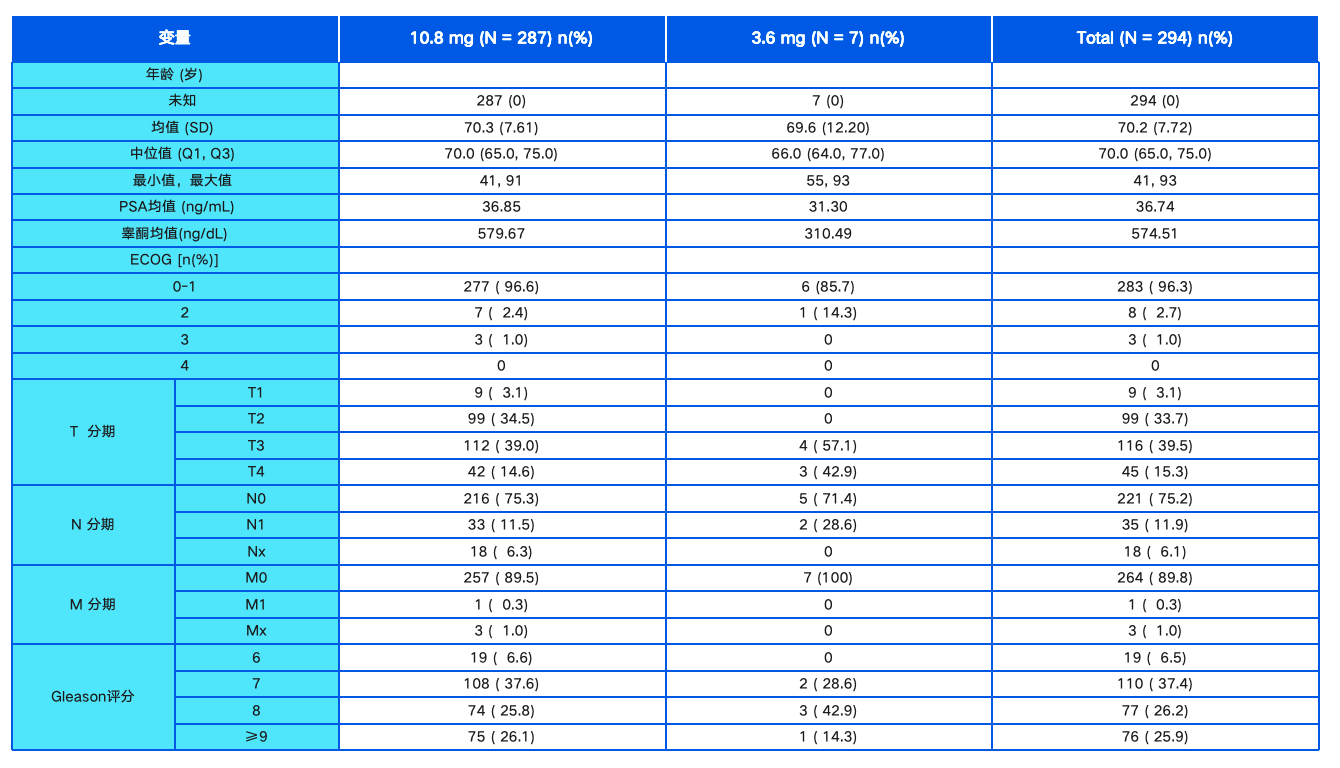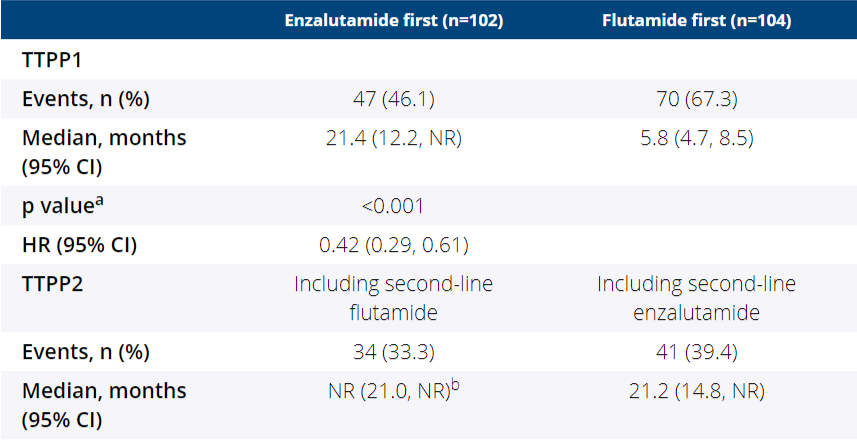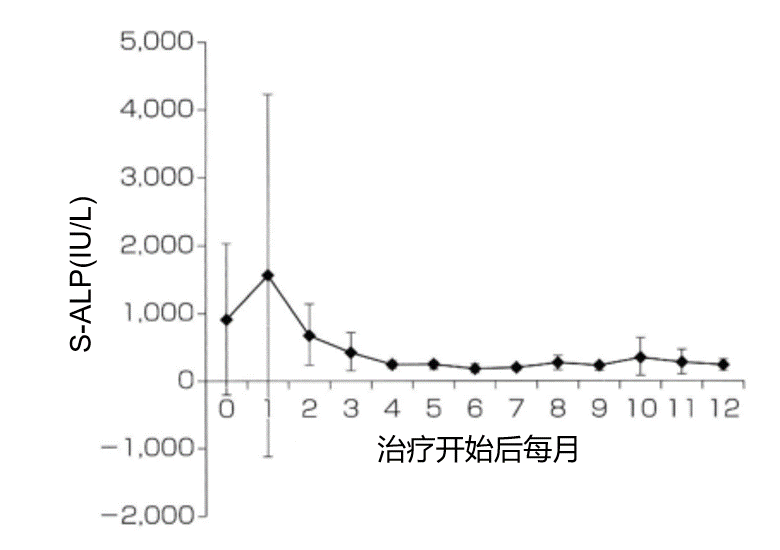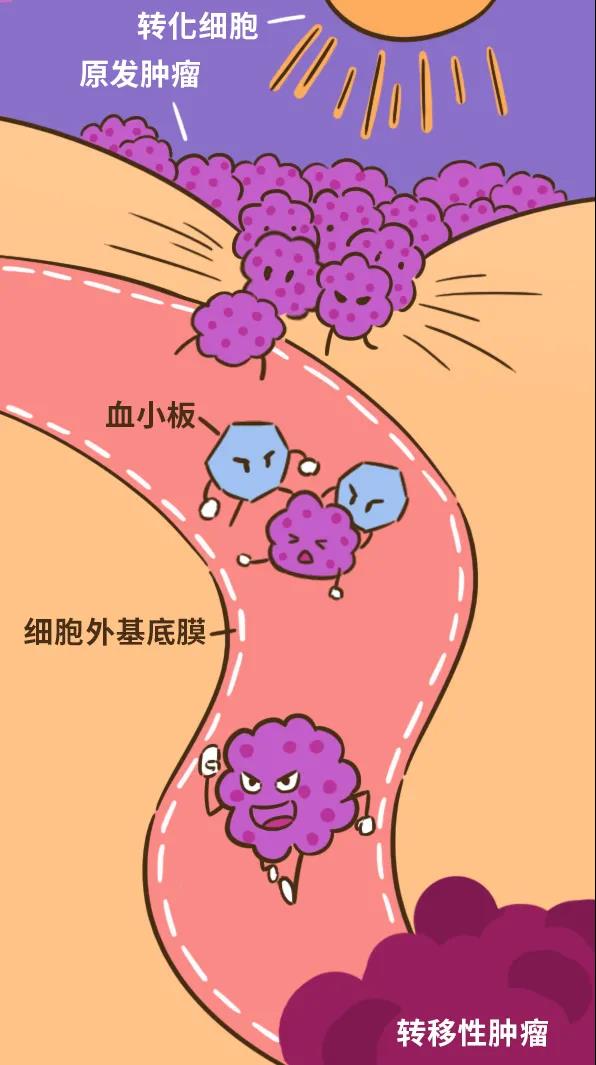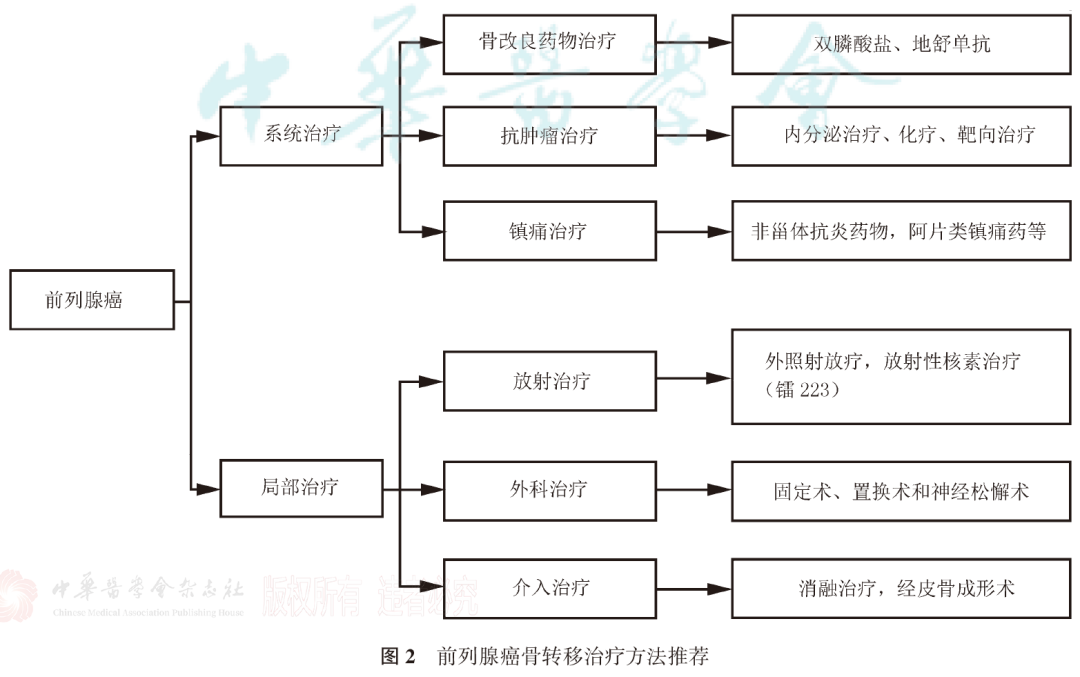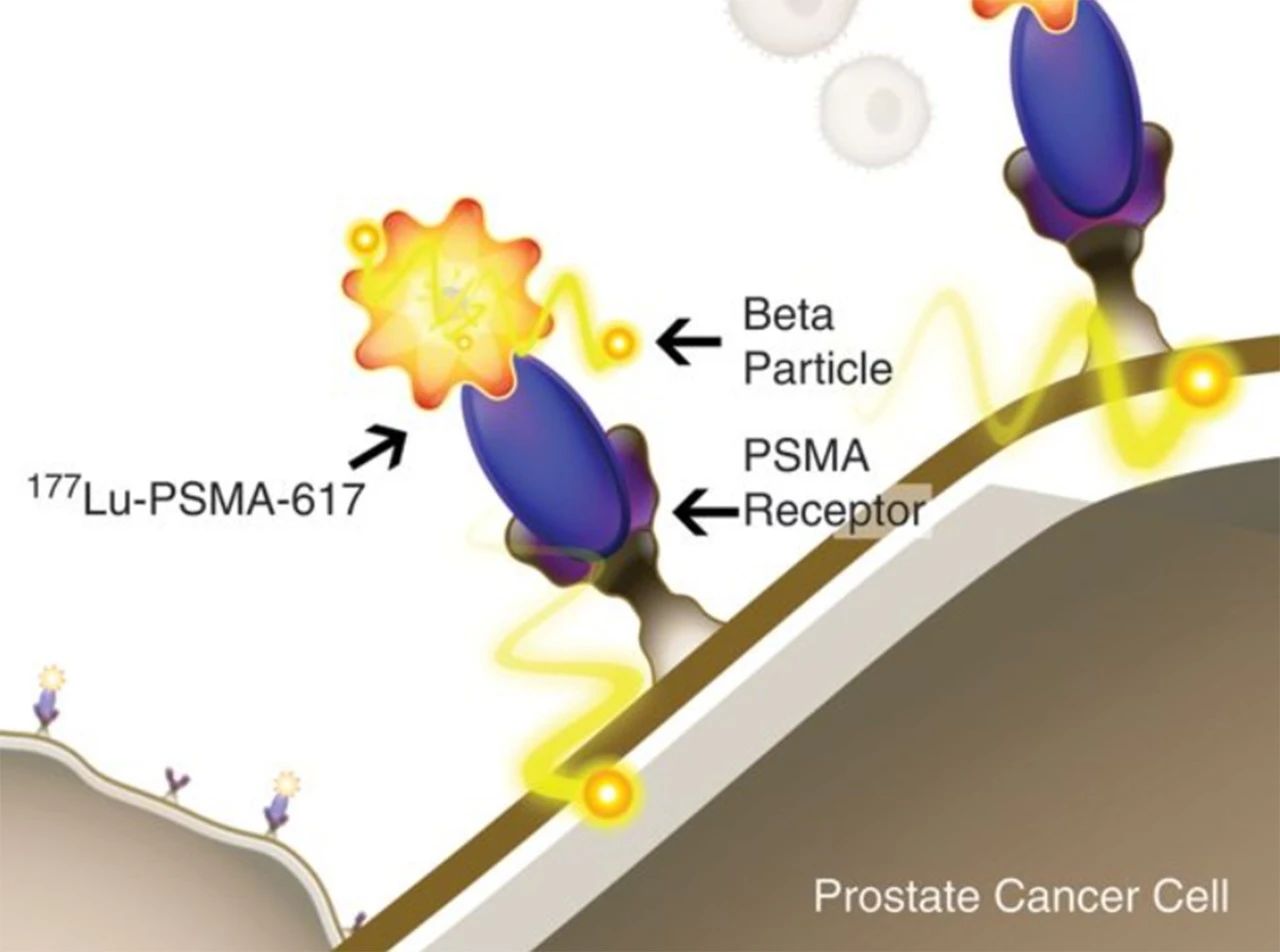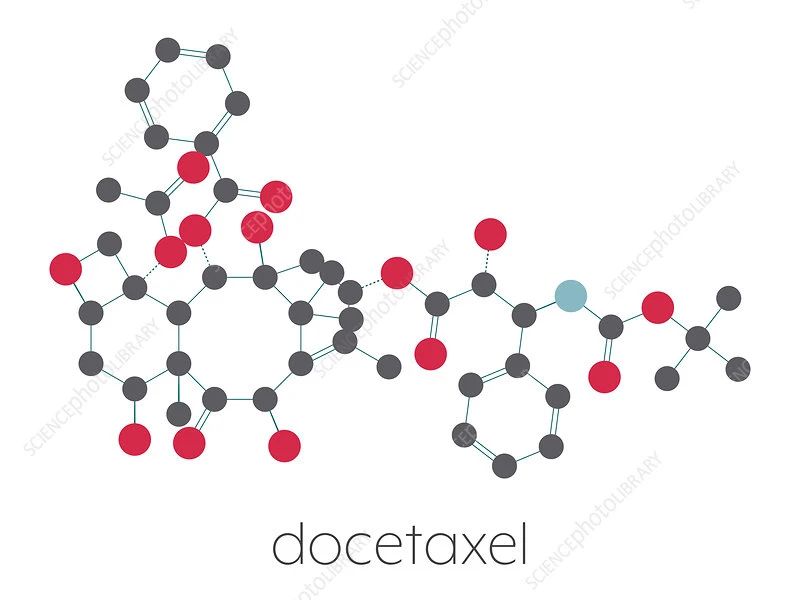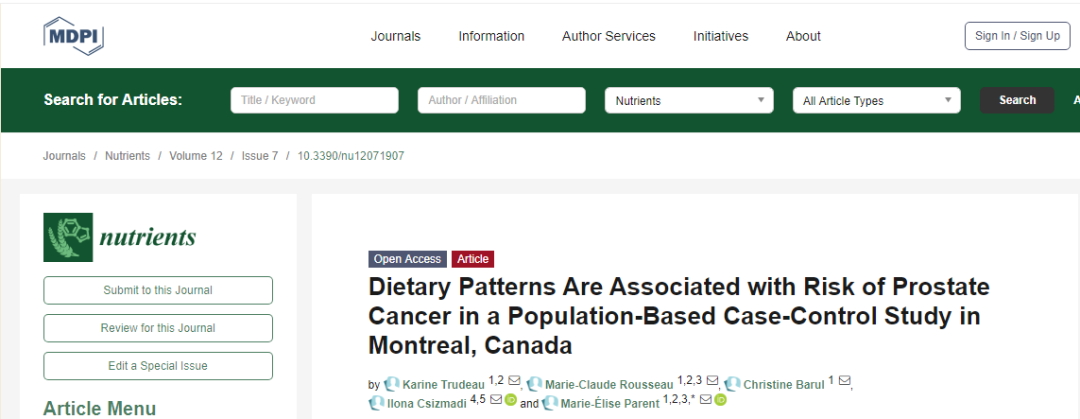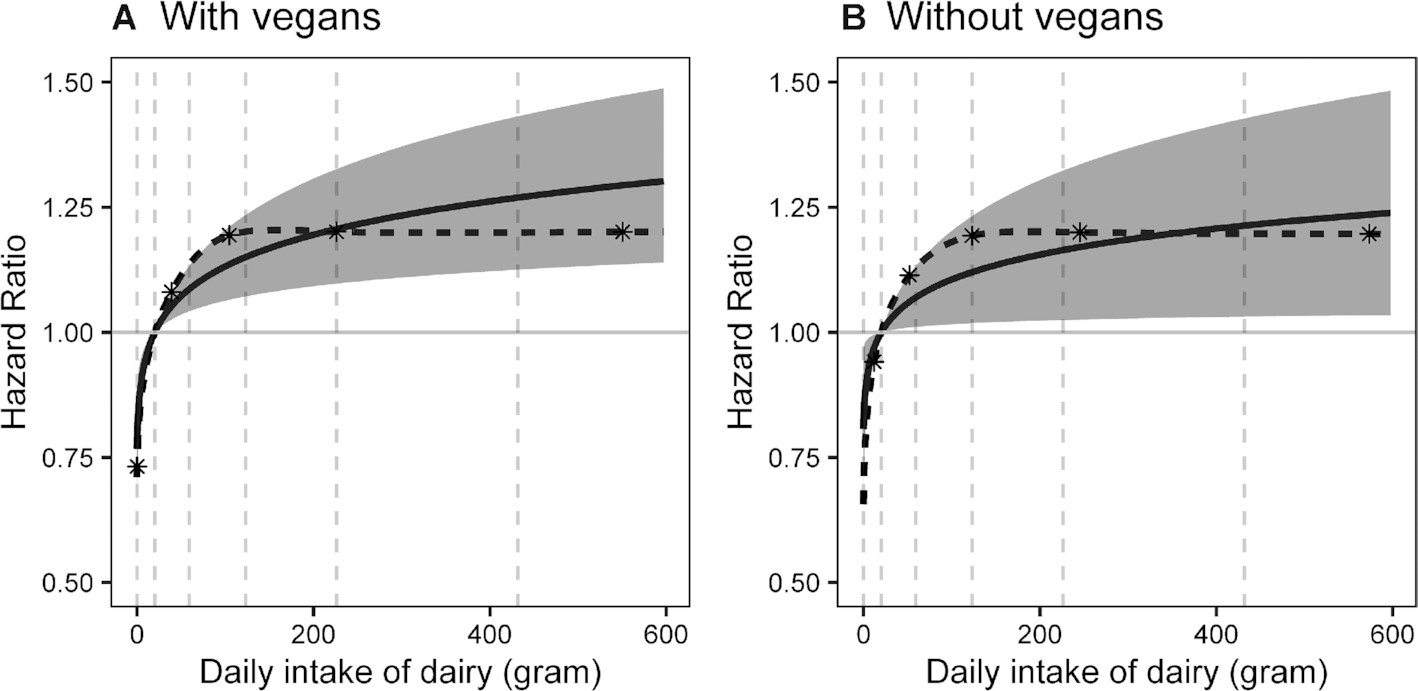临床局限性前列腺癌:AUA/astro指南
第三部分:放疗的原则和未来的发展方向
原
Purpose: The summary presented herein represents Part III of the three-part series dedicated to Clinically Localized Prostate Cancer: AUA/ASTRO Guideline, discussing principles of radiation and offering several future directions of further relevant study in patients diagnosed with clinically localized prostate cancer. Please refer to Parts I and II for discussion of risk assessment, staging, and risk-based management (Part I), and principles of active surveillance and surgery and follow-up (Part II).
译
目的:本文提出的总结代表了临床局限性前列腺癌三部分系列的第三部分:AUA/astro指南,讨论了放射治疗的原则,并为临床局限性前列腺癌患者的进一步相关研究提供了几个未来的方向。关于风险评估、分期和基于风险的管理(第一部分),以及主动监测和手术和随访的原则(第二部分),请参考第一部分和第二部分。
原
Materials and Methods: The systematic review utilized to inform this guideline was conducted by an independent methodological consultant. A research librarian conducted searches in Ovid MEDLINE, Cochrane Central Register of Controlled Trials, and Cochrane Database of Systematic Reviews. The methodology team supplemented searches of electronic databases with the studies included in the prior AUA review and by reviewing reference lists of relevant articles.
译
材料和方法:用于指导本指南的系统审查由独立的方法学顾问进行。 一位研究馆员在Ovid MEDLINE、Cochrane对照试验中央登记系统和Cochrane系统评价数据库中进行了搜索。 该方法小组通过查阅先前AUA审查中包括的研究和相关文章的参考列表,补充了对电子数据库的搜索。
原
Results: The Clinically Localized Prostate Cancer Panel created evidence- and consensus-based guideline statements to aid clinicians in the management of patients with clinically localized prostate cancer. Statements regarding management of patients using radiation therapy as well as important future directions of research are detailed herein.
译
结果:临床局限性前列腺癌专家小组创建了基于证据和共识的指南声明,以帮助临床医生管理临床局限性前列腺癌患者。关于使用放射治疗的管理以及重要的未来研究方向在此详细介绍。
原
Conclusions: This guideline aims to inform clinicians treating patients with clinically localized prostate cancer. Continued research and publication of high-quality evidence from future trials will be essential to further improve care for these men.
译
结论:本指南旨在告知临床医生治疗临床局限性前列腺癌的患者。持续研究和发表来自未来试验的高质量证据,对于进一步改善对这些男性的护理至关重要。
BACKGROUND
背景
原
The selection of a management strategy for clinically localized prostate cancer is preference-sensitive and very often based on patients’ interpRETation of the balance between treatment-specific risks and benefits. The content summarized herein outlines principles of radiation therapy for patients electing this management strategy and provides a discussion of several relevant topics of continued investigation in localized prostate cancer.
译
临床局限性前列腺癌治疗策略的选择是偏积极的,并且取决于患者对特异性治疗风险及获益之间平衡的理解。本文总结的内容概述了选择这种管理策略的患者的放射治疗的原则,并提供了对局限性前列腺癌继续研究的几个相关主题的讨论。
原
As is common with other tumor systems in which radiation therapy is delivered for therapeutic benefit, an overarching paradigm in prostate cancer radiation therapy is the application of appropriate evidence-based dosages to the cancer target while simultaneously avoiding sensitive adjacent normal tissues. In this way, the therapeutic ratio between tumor control and normal tissue injury is established to maximize therapeutic benefit while minimizing toxicity, morbidity, and potentially treatment-related mortality. Over the past few decades, the specialty of radiation oncology has leveraged various technologies to achieve this goal of improved cancer outcomes with equal or improved toxicity profiles.
译
与其他进行放射治疗获益的肿瘤系统一样,前列腺癌放疗的一个总体范式是对癌症靶点应用适当的循证剂量,同时准确的避免放射邻近正常组织。通过这种方式,建立了肿瘤控制和正常组织损伤之间的治疗比例,以最大限度地提高治疗效益,同时尽量减少毒性、发病率和潜在的治疗相关死亡率。在过去的几十年里,放射肿瘤学专业利用各种技术来实现这一目标,即改善癌症预后。
原
27.Clinicians should utilize available target localization, normal tissue avoidance, simulation, advanced treatment planning/delivery, and image-guidance procedures to optimize the therapeutic ratio of external beam radiation therapy (EBRT) delivered for prostate cancer. (Clinical Principle)
译
原
译
原
Most of these approaches have not been subject to prospective randomized phase III trial testing. One exception is the use of rectal spacers, which was evaluated in a trial that randomized 222 patients 2:1 to either a rectal spacer or control group prior to 79.2 Gy in 1.8 Gy fractions to the prostateseminal vesicles. With a median follow-up of three years, improvements in low-grade (one and two) rectal toxicity, no difference in urinary toxicity, and improvements in bowel health-related quality of life (QOL) were identified. Device-related toxicity events were not detected in this trial. Of note, the utility of this technology in conjunction with hypofractionated or ultra hypofractionated radiation therapy has not been reported in prospective randomized clinical trials to date.
译
原
28.Clinicians should utilize dose escalation when EBRT is the primary treatment for patients with prostate cancer. (Strong Recommendation; Evidence Level: Grade A)
译
原
Since the 1990s, multiple phase III randomized prospective studies have compared dose-escalated EBRT (DE-EBRT) using both 3-D conformal radiation therapy (3DCRT) and IMRT with standard dose EBRT and have consistently demonstrated improved biochemical progression-free survival (PFS) with dose escalation. Multiple randomized trials have compared escalated versus conventional dose radiation therapy in patients with localized prostate cancer.
译
原
The trials enrolled a mix of low-, intermediate-, and highrisk patients. The trials consistently demonstrated that escalated dose radiation therapy was associated with decreased rates of biochemical failure or recurrence. Of note, the Panel acknowledges that estimates from these trials for the endpoints of metastatic-disease free survival, prostate cancer-specific survival, and overall survival were imprecise and did not indicate a benefit to dose escalation, with the exception of one trial that did report reduced risks of distant metastatic failure (Hazard Ration [HR] 0.33, 95% Confidence Interval [CI] 0.13 to 0.82) and prostate cancer mortality (HR 0.52, 95% CI 0.27 to 0.98).
译
原
The largest of the trials was NRG-RTOG 0126 (n=1,499) which looked at standard versus dose-escalated radiation therapy in patients with intermediate-risk prostate cancer. This trial demonstrated improvements in biochemical failure and distant metastases; however, the dose-escalated radiation therapy arm was not associated with improvements in overall survival. Furthermore, higher radiation doses were also associated with lower rates of post-radiation salvage at the expense of higher rates of late toxicity. Importantly, this trial has provided clinicians valuable information about radiation dose constraints for the safe planning of dose-escalated radiation therapy for intermediate-risk prostate cancer.
译
原
29.Clinicians may counsel patients with prostate cancer that proton therapy is a treatment option, but it has not been shown to be superior to other radiation modalities in terms of toxicity profile and cancer outcomes. (Conditional Recommendation; Evidence Level: Grade C)
译
原
To date, no prospective study has demonstrated improved disease control or side effects with proton beam radiation therapy (PBRT) compared to IMRT. Proponents of PBRT have offered that it has dosimetric advantages compared to IMRT. That is, while the target volume for both techniques includes the prostate and a margin of normal tissue (bladder and rectum) that is irradiated to the prescribed dose, proton beam delivers lower integral doses and mean doses to normal tissues than IMRT. However, this dosimetric difference has not been shown to result in fewer side effects or better patient reported QOL. Indeed, the existing peer-reviewed literature suggests that clinical outcomes (eg, complications, patient reported QOL) are similar. Randomized trials are ongoing comparing IMRT and PBRT using long-term side effects and QOL as the primary endpoints (eg, PARTIQoL, which has a primary endpoint of bowel function at 24 months).
译
原
30.Clinicians should offer moderate hypofractionated EBRT for patients with low- or intermediate-risk prostate cancer who elect EBRT. (Strong Recommendation; Evidence Level: Grade A)
译
原
31.Clinicians may offer ultra hypofractionated EBRT for patients with low- or intermediate-risk prostate cancer who elect EBRT. (Conditional Recommendation; Evidence Level: Grade B)
译
原
Using fewer (but larger dose) radiation treatments (ie, hypofractionation) may be more convenient for patients with prostate cancer electing radiation therapy. A systematic review compared hypofractionated (>2 Gy per fraction, range 2.35 to 3.4 Gy) versus conventionally fractionated (1.8 to 2 Gy) EBRT in patients with localized prostate cancer. This review included 10 randomized trials (N=8,278).
译
原
In pooled analyses, no differences were noted between hypofractionation versus conventional fractionation with regard to biochemical recurrence-free survival (HR 0.88, 95% CI 0.68 to 1.13, 5 trials), metastasis-free survival (HR 1.07, 95% CI 0.65 to 1.76, 5 trials), prostate cancer-specific survival (HR 1.00, 95% CI 0.72 to 1.39, 8 trials), or overall survival (HR 0.94, 95% CI 0.83 to 1.07, 10 trials). There were also no differences identified with regard to acute genitourinary radiation therapy toxicity (Relative Risk [RR] 1.03, 95% CI 0.95 to 1.11), late genitourinary radiation therapy toxicity (RR 1.05, 95% CI 0.93 to 1.18), or late gastrointestinal radiation therapy toxicity (RR 1.10, 95% CI 0.68 to 1.78).
译
原
One randomized trial (HYPO-RT, n=1,200) compared ultra hypofractionation (42.7 Gy in 7 fractions, fraction size 6.1 Gy) versus conventional fractionation (78.0 Gy in 39 fractions, fraction size 2 Gy) in patients undergoing radiation therapy with image-guided 3DCRT, IMRT, or VMAT for intermediate- or high-risk localized prostate cancer. Ultra fractionation was found to be non-inferior to conventional fractionation with regard to failure-free survival (HR 1.00, 95% CI 0.76 to 1.32), prostate cancer mortality (incidence at 5 years 2% versus 1%, p[0.46), and overall survival (HR 1.11, 95% CI 0.73 to 1.69). In addition, although ultra hypofractionation was associated with increased incidence of acute urinary and bowel symptoms, no differences were found in late symptoms or QOL.
译
原
Currently, data on long-term control with ultra hypofractionated compared to moderate hypofractionation is less well documented; however, data to date support the use of hypofractionated EBRT. Of note, the recommendations herein are consistent with existing guidance provided by American Society for Radiation Oncology (ASTRO)/American Society of Clinical Oncology (ASCO)/American Urological Association (AUA).
译
原
32.In patients with low- or favorable intermediate-risk prostate cancer electing radiation therapy, clinicians should offer doseescalated hypofractionated EBRT (moderate or ultra), permanent low-dose rate (LDR) seed implant, or temporary high-dose rate (HDR) prostate implant as equivalent forms of treatment. (Strong Recommendation; Evidence Level: Grade B)
译
原
Trial data support the use of dose-escalated hypofractionated EBRT or brachytherapy including temporary HDR or permanent LDR prostate implants as appropriate treatment options for patients with low or favorable intermediate-risk prostate cancer.
译
原
Importantly, the systematic review undertaken for guideline development identified no randomized trials comparing EBRT to brachytherapy. Of note, a recent RETrospective analysis among patients with intermediate-risk prostate cancer (n=684) found no difference between EBRT (75.3 Gy) versus brachytherapy (radioactive iodine seeds at minimum peripheral dose of 145 Gy), with or without neoadjuvant androgen deprivation therapy (ADT), in propensity score adjusted 10-year metastasis-free survival (91% versus 94%), prostate cancer-specific survival (96% versus 95%), or overall survival (76% versus 78%).19 EBRT was associated with decreased likelihood of freedom from biochemical failure (57% versus 80%).
译
原
To note as well, in a Phase II trial of 170 patients randomized to receive HDR as either a single (19 Gy) fraction or as two fractions (13.5 Gy), the 5-year biochemical disease-free survival and cumulative incidence of local failure was 73.5% and 29% in the single fraction arm and 95% (p0.001) and 3% (p<0.001) in the 2-fraction arm, respectively. Toxicity results from this study were reported separately; in the single fraction arm, the 5-year cumulative incidence of Grade 2 or higher genitourinary and gastrointestinal toxicity was 62% and 12%, and was 47% and 9% in the two-fraction arm. Grade 3 genitourinary toxicity was only seen in the single fraction arm. No significant differences in mean urinary health related QOL were seen compared to baseline in the two-fraction arm, in contRASt to the single-fraction arm, wherein a decline in urinary health-related QOL was seen at 4 and 5 years. The authors ultimately concluded that both single fraction and 2-fraction HDR monotherapy were well tolerated.
译
原
33.In patients with low- or intermediate-risk prostate cancer electing radiation therapy, clinicians should not electively radiate pelvic lymph nodes. (Strong Recommendation; Evidence Level: Grade B)
译
原
A prior trial (n=446) that compared whole pelvis (46 Gy with cone-down to prostate) to prostate only (66 to 70 Gy) radiation therapy among low-, intermediate-, and high-risk patients with clinical stage T1b-T3 localized prostate cancer found no difference in PFS (adjusted HR 0.96, 95% CI 0.64 to 1.43) or overall survival between the treatment arms. Similarly, the RTOG 9413 trial, which contained intermediate-risk patients and utilized a 2 x 2 factorial design, demonstrated no significant difference in biochemical failure when comparing whole pelvic radiation therapy to prostate only radiation. As these are the only prospective trials with sub-groups of intermediate-risk patients, and no benefit was found with nodal radiation, the Panel recommends against the routine use of elective pelvic nodal irradiation for low- and intermediate-risk patients electing radiation therapy.
译
原
34.In patients with low- or favorable intermediate-risk prostate cancer electing radiation therapy, clinicians should not routinely use ADT. (Moderate Recommendation; Evidence Level: Grade B)
译
原
ADT is associated with well-recognized side effects and may significantly impact patients’ health-related QOL. These side effects commonly include (but are not limited to) decreased libido, erectile dysfunction, hot flashes, depression and other mood disturbances, fatigue, and weight gain. In addition, treatment with ADT may result in significant changes in metabolic function, including reduction in bone mineral density, increased insulin resistance, and changes in blood lipid profiles.
译
原
Given the potential deleterious short- and long-term effects of ADT, its application in the treatment of localized prostate cancer must be based on an individualized risk-benefit balance. In a large trial (n=2,028) that included patients in all risk strata, the use of ADT was not associated with improved overall survival outcome for low-risk patients (HR 0.93, 95% CI 0.72 to 1.20). Moreover, although trials have demonstrated a benefit to ADT with radiation for intermediate-risk patients, these trials have not consistently sub-stratified intermediate-risk patients into favorable and unfavorable risk for separate outcome reporting.
译
原
The Panel believes that routine use of ADT in favorable intermediate-risk patients is not recommended given the observed positive cancer outcomes of radiotherapeutic monotherapy for this patient population (acknowledging the exception of unique circumstances such as planned prostate gland volume reduction prior to definitive radiation therapy, in which ADT may be useful). At the same time, the Panel recognizes that the utility of ADT for favorable intermediate-risk localized prostate cancer is currently under investigation (eg, NRG Oncology/ RTOG 0815).
译
原
35.In patients with unfavorable intermediate-risk prostate cancer electing radiation therapy, clinicians should offer the addition of short-course (four to six months) ADT with radiation therapy. (Strong Recommendation; Evidence Level: Grade A)
译
原
Given the higher risk of local and distant relapse with unfavorable intermediate-risk disease, the use of ADT is recommended for this patient population. Multiple randomized trials have evaluated the role of ADT with radiation therapy versus radiation therapy alone. These studies collectively demonstrated a consistent benefit with regard to oncologic outcomes among the patients who received ADT with radiation. The benefit of hormonal therapy was also demonstrated in the recently published MARCAP meta-analysis, which demonstrated that the addition of ADT to radiotherapy significantly improved metastasis-free survival (HR 0.83, 95% CI 0.77 to 0.89, p <0.0001).
译
原
With regard to the duration of ADT with radiation in unfavorable intermediate-risk disease, multiple clinical trials have assessed very short course ADT (eight weeks to three months) versus standard short course ADT (six months) in intermediate-risk disease, some of which have demonstrated that the six-month approach had superior cancer outcomes, including all-cause mortality and/or prostate cancer-specific mortality. Nevertheless, the Panel acknowledges that a four-month course of ADT is also commonly given to patients with radiation therapy for intermediate-risk disease in an effort to mitigate the deleterious effects of ADT while maintaining the benefit of combination therapy for cancer control.
译
原
36.Clinicians should offer moderate hypofractionated EBRT for patients with high-risk prostate cancer who are candidates for EBRT. (Moderate Recommendation; Evidence Level: Grade C)
译
原
As noted above, moderate hypofractionation holds important advantages in terms of patient convenience and resource utilization. Moreover, largescale randomized prospective clinical trials have been completed comparing moderately hypofractionated and conventionally fractionated EBRT. These studies have demonstrated that moderate hypofractionation confers similar prostate-cancer-control outcomes and similar rates of late toxicity compared to conventional fractionation. In one study, men with intermediate-to high-risk prostate adenocarcinoma were randomized to receive C-IMRT (76 Gy in 38 fractions; n=152) or H-IMRT (70.2 Gy in 26 fractions; n=151). High-risk patients were prescribed 24 months of ADT. Intermediate-risk patients were prescribed 4 months of ADT at the discretion of the treating physician. The primary end point was the cumulative incidence of biochemical and/or clinical disease failure. Median follow up was 130 months. Ten-year biochemical disease free survival was similar in both arms (25.9% in the C-IMRT arm and 30.6% in the H-IMRT arm; HR 1.31, 95% CI 0.82 to 2.11). The two treatment groups also had similar rates of 10-year freedom from metastatic disease, prostate cancer-specific, and overall survival. The authors concluded that H-IMRT demonstrated no difference in disease outcomes when compared to C-IMRT at 10 years.
译
原
Of note, ultra hypofractionation in high-risk patients receiving EBRT with elective nodal coverage is not currently recommended outside a clinical trial or multi-institutional registry due to insufficient comparative evidence.
译
原
37.In patients with unfavorable intermediate- or high-risk prostate cancer electing radiation therapy, clinicians should offer doseescalated hypofractionated EBRT or combined EBRT+brachytherapy (LDR, HDR) along with a risk-appropriate course of ADT. (Strong Recommendation; Evidence Level: Grade A/B)
译
原
Trials have demonstrated a benefit in clinical control for unfavorable intermediate- or high-risk prostate cancer patients who receive either dose-escalated moderately hypofractionated IMRT or EBRT plus a brachytherapy boost (HDR temporary prostate implant or LDR permanent prostate implant). Combining EBRT and brachytherapy has demonstrated improved biochemical control over EBRT plus ADT alone in randomized trials.
译
原
Interestingly, the phase III randomized ASCENDERT trial compared two methods of dose escalation in 398 patients with intermediate- or high-risk prostate cancer: dose-escalated EBRT boost to 78 Gy or LDR brachytherapy boost.44e46 All patients were initially treated with 12 months of ADT and pelvic EBRT to 46 Gy. The primary endpoint of control (biochemical, no evidence of disease) was 89% versus 84% at 5 years; 86% versus 75% at 7 years; and 83% versus 62% at 9 years for the LDR versus EBRT boost arms (log-rank p<0.001). However, toxicity was higher in the brachytherapy arm, with a cumulative incidence of grade 3 genitourinary events at 5 years of 18.4% for brachytherapy boost and 5.2% for EBRT boost (p<0.001). In addition, increased gastrointestinal toxicity among patients treated with a brachytherapy boost was also seen (cumulative incidence of grade 3 events at 5 years, 8.1% versus 3.2%; p=0.12).
译
原
38.In patients with high-risk prostate cancer electing radiation therapy, clinicians may offer radiation to the pelvic lymph nodes. (Conditional Recommendation; Evidence Level: Grade B)
译
原
39.When treating the pelvic lymph nodes with radiation, clinicians should utilize IMRT with doses between 45 Gy to 52 Gy. (Strong Recommendation; Evidence Level: Grade B)
译
原
The recently published POP-RT trial randomized patients (n=224) with National Comprehensive Cancer Network (NCCN) high- (~50%) and very high-risk (~50%) prostate cancer47 to IMRT to the whole pelvis (68 Gy in 25 fractions to prostate with 50 Gy to pelvic lymph nodes) versus prostate-only (68 Gy). This currently represents the only trial of elective pelvic nodal irradiation that delivered both modern standard-of-care radiotherapy doses and ADT duration while looking exclusively at high-risk patients.
译
原
All patients received ADT (surgical or medical) starting eight weeks prior to radiation therapy; medical ADT was via a luteinizing hormone-releasing hormone (LHRH) agonist and was administered for two years. The trial demonstrated improved 5-year biochemical failure-free survival (HR 0.23, 95% CI 0.10 to 0.52; trial’s primary endpoint), distant metastasis-free survival (HR 0.35, 95% CI 0.15 to 0.82), and disease-free survival (HR 0.40, 95% CI 0.22 to 0.73) with whole pelvis IMRT, although no difference was detected in overall survival (HR 0.92, 95% CI 0.41 to 2.05).
译
原
Despite not showing an overall survival benefit, the Panel notes that elective nodal irradiation for high-risk patients may be offered given the reasonable morbidity (higher late grade II genitourinary toxicity with whole pelvis radiation but no difference in late gastrointestinal toxicity and no difference in grade III/ IV genitourinary or gastrointestinal toxicity noted) as well as the reductions in biochemical failure and distant metastases.
译
原
40.In patients with high-risk prostate cancer electing radiation therapy, clinicians should recommend the addition of long-course (18 to 36 months) ADT with radiation therapy. (Strong Recommendation; Evidence Level: Grade A)
译
原
The primary evidence for the use of ADT with radiation in high-risk disease comes from EORTC 22863, a trial that randomized 415 patients with locally advanced prostate cancer to 3 years of ADT plus 70 Gy of prostate radiation therapy versus radiation therapy alone. Benefits were noted in the combination treatment arm with regard to both prostate cancer-specific survival (HR 0.38, 95% CI 0.24 to 0.60) and overall survival (HR 0.60, 95% CI 0.45 to 0.80). From this study, three years of ADT was established as a reference standard ADT treatment for the duration of combined ADT with radiation therapy in the treatment of patients with high-risk prostate cancer. A subsequent RCT among high-risk patients tested 18 versus 36 months of ADT. This trial did not demonstrate differences in disease-free survival, disease-specific survival, or overall survival between the treatment durations, and has thereby introduced a minimum threshold duration of ADT when combined with radiation therapy for the management of high-risk disease.
译
原
41.When combined ADT and radiation are used, ADT may be initiated neoadjuvantly, concurrently, or adjuvantly. (Conditional Recommendation; Evidence Level: Grade C)
译
原
42.When combining ADT with radiation therapy, clinicians may use combined androgen suppression (LHRH agonist with an antiandrogen), an LHRH agonist alone, or an LHRH antagonist alone. (Expert Opinion)
译
原
Various compositions of ADT have been used in combination with radiation in the randomized trials to date. The Panel believes that clinicians may use any one of these options in combination with radiation.
译
FUTURE DIRECTIONS
展望
原
Clinically localized prostate cancer remains among the most active areas of investigation in urology. As such, patient care will likely continue to be refined-and enhanced-in the near future.
译
原
The STAMPEDE trial results showing a benefit to the addition of abiraterone to ADT in very high-risk localized and node positive disease has ignited interest in treatment intensification in this patient population.50 Multiple trials evaluating next generation androgen signaling inhibitors in high-risk clinically localized disease have either fully accrued or are currently accruing.
译
STAMPEDE试验的结果显示,ADT联合阿比特龙治疗非常高危的局限性和淋巴结阳性前列腺癌能得到获益,这引发了人们对这一患者人群强化治疗的兴趣。多项评估下一代雄激素信号抑制剂在高危临床局部性疾病中的试验要么已经完全积累,要么目前正在积累。
原
The ability for commercially available GCs to improve the outcomes of patients with clinically localized prostate cancer has not been validated in prospective clinical trials to date. Prospective validation of the predictive capacity of GCs in localized disease will be important to support widespread use for treatment selection. Several ongoing clinical trials are indeed evaluating treatment intensification and de-intensification based on GC results in both intermediate- and high-risk patient populations.
译
迄今为止,商业化的GCs改善临床局限性前列腺癌患者预后的能力尚未在前瞻性临床试验中得到验证。局限性疾病的GCs对于支持广泛应用于治疗选择具有重要意义。一些正在进行中的临床试验确实正在中危和高危患者人群中评估基于GC结果的强化和降低治疗强度。
Advanced Imaging
先进成像
原
A number of novel imaging radiotracers utilizing positron emission tomography (PET)-based technology have emerged over the past several years and have been demonstrated to improve detection of disease over conventional imaging. Broadly, these imaging modalities have been referred to as next generation imaging (NGI), and among these, prostate-specific membrane antigen (PSMA)-based PET scanning has received the most attention. This interest has been bolstered by recent US FDA approval of two PSMA based tracers: Gallium 68 PSMA-11 (Ga 68 PSMA-11) and piflufolastat F-18 (18F-DCFPyL). Moreover, continued evaluation of novel PSMA PET agents remains ongoing.
译
在过去的几年中,已经出现了许多利用基于正电子发射断层扫描(PET)技术的新型成像放射性示踪剂,并已被证明比传统成像更能提高对疾病的检测能力。广义上,这些成像方式被称为下一代成像(NGI),其中,基于前列腺特异性膜抗原(PSMA)的PET扫描受到了最多的关注。因为对PSMA的兴趣,最近美国FDA批准了两种基于PSMA的示踪剂:镓68 PSMA-11(Ga68 PSMA-11)和吡氟司星F-18(18F8-DCFPyL)。此外,对新型PSMA PET药物的持续评估仍在进行中。
原
As such, PSMA PET may become an accepted standard in the staging evaluation of patients with localized high-risk prostate cancer. Nevertheless, future studies are needed to determine how the information from NGI should be incorporated into clinical decision-making due to both the limitations of these advanced imaging techniques and the fact that the data to date on outcomes following treatment upon which management recommendations are based stem from patients evaluated with conventional imaging. Prospective studies incorporating NGI as staging will be required to determine clinical utility. Until such data are available, clinicians should exercise caution when using PSMA PET results to justify substantial alterations in standard-of-care treatments the utility of which has been established among patients who were staged with conventional imaging.
译
因此,PSMA PET可能成为局限性高危前列腺癌患者分期评估的公认标准。然而,由于这些先进影像学技术的局限性,以及迄今关于治疗建议所依据的治疗后结局的数据来自常规影像学评估的患者,因此我们需要在未来的研究中确定如何将NGI信息纳入临床决策。将NGI作为分期的前瞻性研究将需要确定临床效用。在获得这些数据之前,临床医师在使用PSMA PET结果证明标准治疗方案有显著改变时应谨慎行事,标准治疗的效用已在常规影像学分期的患者中得到证实。










